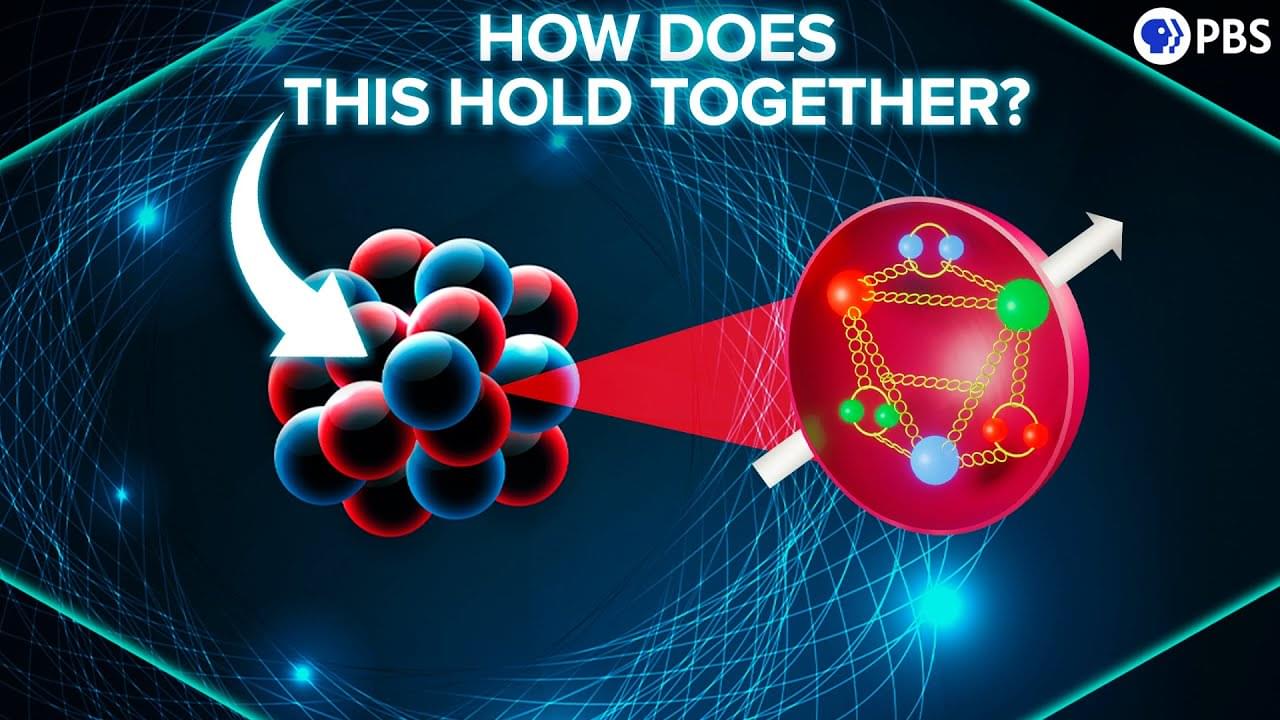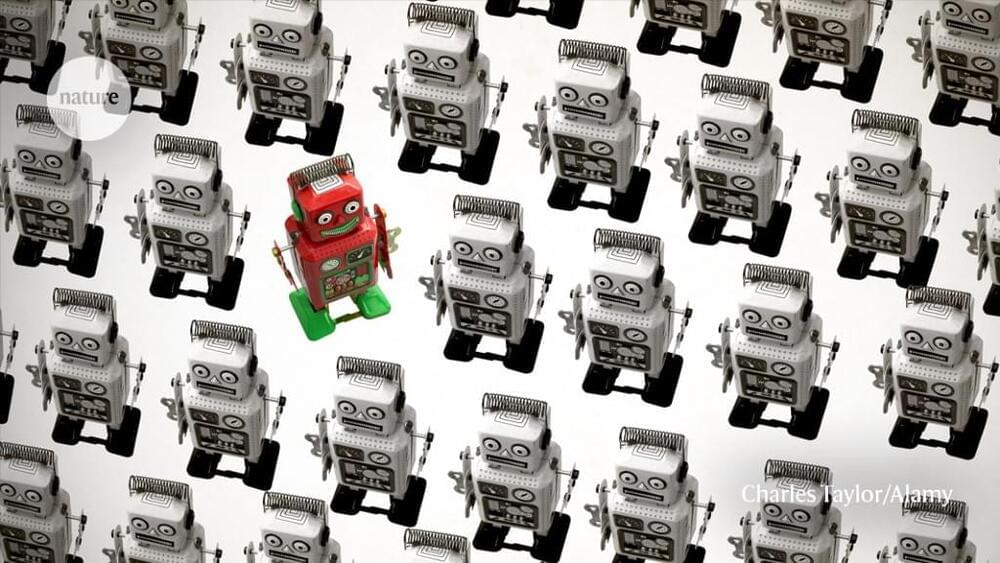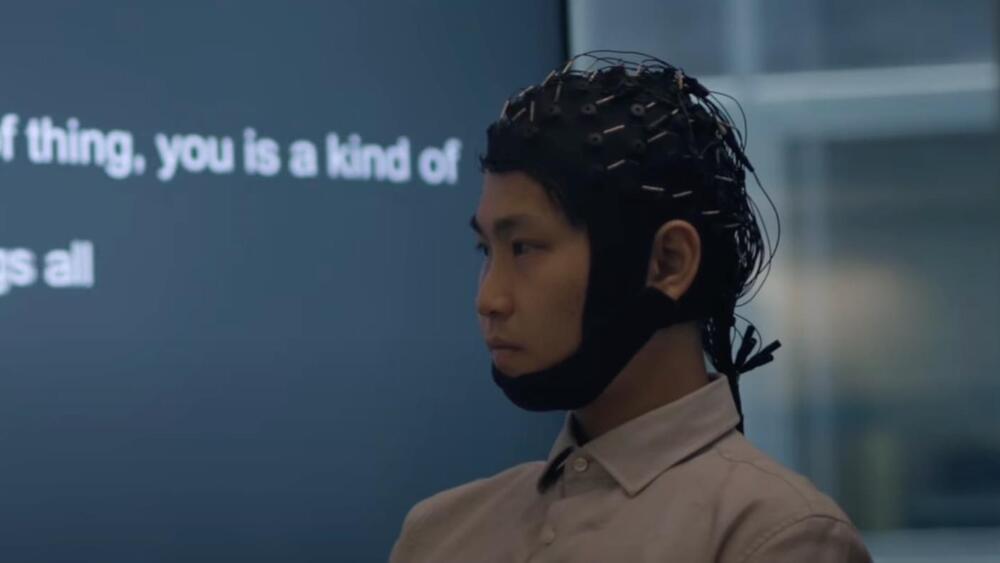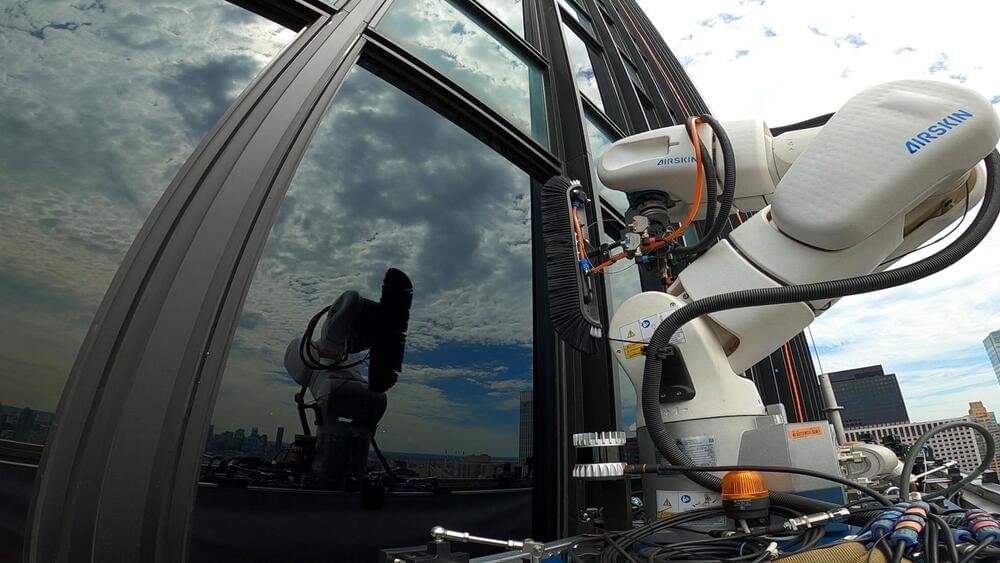Gen DT Thompson ought to be proud of United States Space Force accomplishments during his tenure. Also, I remember his forward-leaning thoughts on establishing a new service as a guest speaking at my Space 300 Course in early 2019. At the time, the rank and file response was to maintain the status quo and not create a Space Force.
The James Webb Space Telescope recently trained its sights on unusual and enigmatic Uranus, an ice giant that spins on its side. Webb captured this dynamic world with rings, moons, storms, and other atmospheric features—including a seasonal polar cap. The image expands upon a two-color version released earlier this year, adding additional wavelength coverage for a more detailed look.
With its exquisite sensitivity, Webb captured the dim inner and outer rings of Uranus, including the elusive Zeta ring—the extremely faint and diffuse ring closest to the planet. It also imaged many of the planet’s 27 known moons, even seeing some small moons within the rings.
In visible wavelengths as seen by Voyager 2 in the 1980s, Uranus appeared as a placid, solid blue ball. In infrared wavelengths, Webb is revealing a strange and dynamic ice world filled with exciting atmospheric features.
Saw this advertisement.
Elevate Your Daily Routine with Rux Robot: Your Multifunctional AI Companion! | Check out ‘Rux Robot: Fun and Practical Desktop AI Robot’ on Indiegogo.
Tesla recorded $500M+ in gross profit from its Energy and Services (Supercharging) segments in Q3 2023. Elon Musk noted how strong energy gross margins were on the call, and insinuated strength in these businesses will continue. I think this is a super exciting development for Tesla investors as the company can smooth out cyclicality in it’s automotive business with consistent profits from its Energy and Services.
Check out http://rocketmoney.com/pbsspace or scan the QR code on the screen to start managing your personal finances today. Thank you to Rocket Money for sponsoring today’s video! #rocketmoney #personalfinance.
PBS Member Stations rely on viewers like you. To support your local station, go to: http://to.pbs.org/DonateSPACE
Sign Up on Patreon to get access to the Space Time Discord!
https://www.patreon.com/pbsspacetime.
Two protons next to each other in an atomic nucleus are repelling each other electromagnetically with enough force to lift a medium-sized labradoodle off the ground. Release this energy and you have, well, you have a nuclear explosion. Just as well there’s an even stronger force than the electromagnetism holding our nuclei together. But it’s not the strong force, as you might have imagined. At least not directly. Nuclei are held together by a quirk of nature, without which we would have no complex atoms, no chemistry, and certainly no labradoodles.
Double slit experiment, and quantum light paradox. Get 60% off your Babbel subscription: https://go.babbel.com/t?bsc=1200m60-youtube-astrum-jun-2023&…Influencer…astrum…USA…YouTube.
Join the official Astrum discord server: https://discord.gg/TKw8Hpvtv8
Astrum merch now available!
Apparel: https://astrum-shop.fourthwall.com/
Metal Posters: https://displate.com/promo/astrum?art=5f04759ac338b.
SUBSCRIBE for more videos about our other planets.
Improvements in the performance of large language models such as ChatGPT are more predictable than they appear.
Previously, researchers have used implants surgically placed in the brain or bulky, expensive machines to translate brain activity into text. The new approach, presented at this week’s NeurIPS conference by researchers from the University of Technology Sydney, is impressive for its use of a non-invasive EEG cap and the potential to generalize beyond one or two people.
The team built an AI model called DeWave that’s trained on brain activity and language and linked it up to a large language model—the technology behind ChatGPT—to help convert brain activity into words. In a preprint posted on arXiv, the model beat previous top marks for EEG thought-to-text translation with an accuracy of roughly 40 percent. Chin-Teng Lin, corresponding author on the paper, told MSN they’ve more recently upped the accuracy to 60 percent. The results are still being peer-reviewed.
Though there’s a long way to go in terms of reliability, it shows progress in non-invasive methods of reading and translating thoughts into language. The team believes their work could give voice to those who can no longer communicate due to injury or disease or be used to direct machines, like walking robots or robotic arms, with thoughts alone.
Skyline Robotics is disrupting the century-old practice of window washing with new technology that the startup hopes will redefine a risky industry.
Its window-washing robot, Ozmo, is now operational in Tel Aviv and New York, and has worked on major Manhattan buildings such as 10 Hudson Yards, 383 Madison, 825 3rd Avenue and 7 World Trade Center in partnership with the city’s largest commercial window cleaner Platinum and real estate giant The Durst Organization.
The machine is suspended from the side of a high-rise. A robotic arm with a brush attached to the end cleans the window following instructions from a LiDAR camera, which uses laser technology to map 3D environments. The camera maps the building’s exterior and identifies the parameters of the windows.
There’s a new kind of leadership taking hold in organizations. Strikingly, these new leaders don’t like to be called leaders, and none has any expectation that they will attract “followers” personally — by dint of their charisma, status in a hierarchy, or access to resources. Instead, their method is to get others excited about whatever problem they have identified as ripe for a novel solution. Having fallen in love with a problem, they step up to leadership — but only reluctantly and only as necessary to get it solved. Leadership becomes an intermittent activity as people with enthusiasm and expertise step up as needed, and readily step aside when, based on the needs of the project, another team member’s strengths are more central. Rather than being pure generalists, leaders pursue their own deep expertise, while gaining enough familiarity with other knowledge realms to make the necessary connections. They expect to be involved in a series of initiatives with contributors fluidly assembling and disassembling.
Page-utils class= article-utils—vertical hide-for-print data-js-target= page-utils data-id= tag: blogs.harvardbusiness.org, 2007/03/31:999.199848 data-title= The Power of Leaders Who Focus on Solving Problems data-url=/2018/04/the-power-of-leaders-who-focus-on-solving-problems data-topic= Leadership styles data-authors= Deborah Ancona; Hal Gregersen data-content-type= Digital Article data-content-image=/resources/images/article_assets/2018/04/apr18_16_840591218-383x215.jpg data-summary=
Can you get people excited about the problems that excite you?









